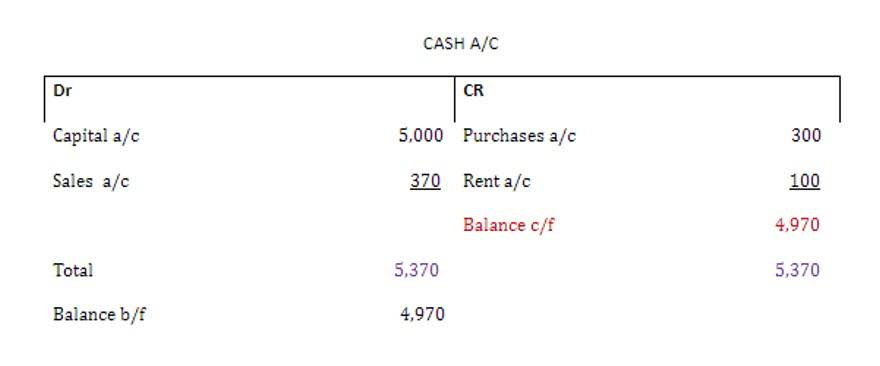
11 Financial is a registered investment adviser located in Lufkin, Texas. 11 Financial may only transact business in those states in notes receivable in balance sheet which it is registered, or qualifies for an exemption or exclusion from registration requirements. 11 Financial’s website is limited to the dissemination of general information pertaining to its advisory services, together with access to additional investment-related information, publications, and links. Finance Strategists has an advertising relationship with some of the companies included on this website. We may earn a commission when you click on a link or make a purchase through the links on our site.

Interest Rate Calculation on Notes Receivable

Overdue accounts receivable are sometimes converted into notes receivable, thereby giving the debtor more time to pay, while also sometimes including a personal guarantee by the owner of the debtor entity. The guarantee provision makes the note receivable easier to collect than a standard account receivable. When a note receivable originates from an overdue receivable, the payment tends to be relatively short – typically less than one year.
- Amortized cost is the initial value of the Notes Receivable (which were initially recorded at Fair Value) less any principal repayments and then adjusted for amortization of the premium and any impairment.
- As a quick note, in this article we are mainly concerned with accounting for notes receivable; however, the concepts that we will consider apply equally well to notes payable.
- The recognition of interest income follows the effective interest method, which spreads the income evenly over the payment period, based on the carrying amount of the note.
- The payee of a note receivable is the company or individual expected to receive payment from the debtor.
- A customer will issue a note receivable if for example, it wants to extend its payment terms on an overdue account with the business.
Please Sign in to set this content as a favorite.
A written promissory note gives the holder, or bearer, the unearned revenue right to receive the amount outlined in the legal agreement. Promissory notes are a written promise to pay cash to another party on or before a specified future date. Notes receivable are assets and represent amounts due to a business by a third party (usually a customer).

What is the difference between notes payable and notes receivable?
Notes receivable refers to Bookkeeping for Veterinarians a written, unconditional promise made by an individual or business to pay a definite amount at a definite date or on demand. Explore the intricacies of notes receivable, from initial recognition to liquidity analysis, to enhance your financial reporting accuracy. For example, the maker owes $200,000 to the payee at a 10% interest rate, and pays no interest during the first year. Tickmark, Inc. and its affiliates do not provide legal, tax or accounting advice.
- When the maker makes the note, the store will record a journal entry to reflect the transaction.
- Notes receivable are usually categorized as current assets, because companies expect to receive them within the next 12 months.
- The guarantee provision makes the note receivable easier to collect than a standard account receivable.
- Square determines the amount to be charged for the loan and the percentage to be charged each day using data analytics.
- Footnotes are also widely used as a supplement to the balance sheet disclosure to inform readers of other facts about receivables.
Further Reading: How To Calculate Net Credit Sales: Formula and Examples for Efficient Accounting

A company’s auditors will examine the classification of notes receivable from the most conservative perspective, and so will insist on their classification as short-term if there are reasonable grounds for doing so. The Statement of Financial Position (a.k.a Balance Sheet using Canadian ASPE accounting standards) presents the company’s total assets,… Below is a break down of subject weightings in the FMVA® financial analyst program. As you can see there is a heavy focus on financial modeling, finance, Excel, business valuation, budgeting/forecasting, PowerPoint presentations, accounting and business strategy.
- The best way to understand accounts receivable is to view a transaction and how it ends up on the balance sheet.
- If the maker fails to make the required payments, the bank will present the note to the endorser and demand full payment.
- The interest promised in the note is reported as interest expense by the borrower, and as interest income by the lender.
- The amortized discount is added to the note’s carrying value each year, thereby increasing its carrying amount until it reaches its maturity value of $10,000.
- If another receivable was modified to provide both an interest rate reduction and a term extension, the period-end amortized cost basis of that receivable shall be presented in a different category.
- Some companies will issue zero-interest-bearing notes as a sales incentive.